
8 minute read
On the Wild Coast – Diving the Sardine Run
FEATURE AND PHOTOGRAPHY PIER NIRANDARA
Advertisement

My name is Pier Nirandara, and I’m an author, underwater photographer, and Hollywood film executive – but most of all, I’m a storyteller at heart. As a lifelong lover of the ocean and its habitants (fantastical or otherwise), I began my career as Thailand’s youngest author, writing children’s novels about mermaids. This led to working as a literary Brand Ambassador for UNESCO, and eventually to a job in LA’s film industry bringing stories to the big screen. A year ago, I took a break from the corporate world to embark on a solo backpacking trip across five continents, looking to face fears and seek adventure.
Why?
It all goes back to the Wild Coast.
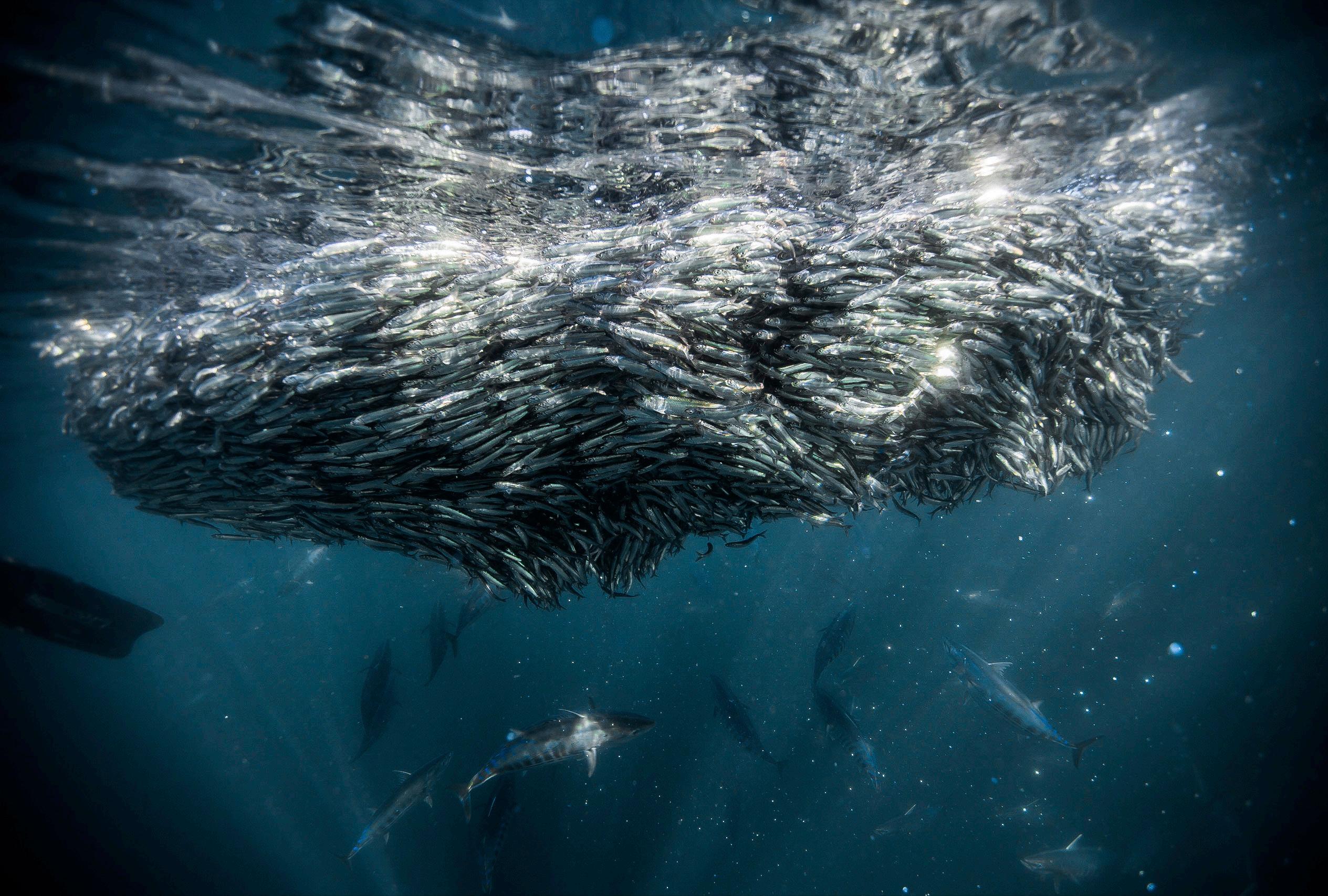
I was working in Hollywood when a scuba trip to South Africa changed everything. Far from the urban sprawls of Cape Town and Johannesburg lies a part of the country that few venture to: it’s where you can wake up to blazing sunrises over the ocean, surf your soul away, and witness the greatest underwater migration on earth.
After thirty hours of travel, I arrived in Cintsa – a small beachside community and the start of South Africa’s Wild Coast. As its name suggests, it’s the untamed wilderness of a breathtaking coastline tucked away on the perimeters of the Rainbow Nation. Wide estuarine bays are fringed on one side by empty beaches, and on the other, amber-turfed hills – etched with arteries flowing from the country’s heartland out to the open sea.
Due to its remoteness and lack of accessibility, the Wild Coast is more known to travellers than tourists, and a rewarding destination for those willing to endure hours driving down pot-holed dirt roads to venture off the beaten path. It’s not uncommon to hear of people who visit for a few days only to end up moving there permanently.
The sole purpose of my own visit? To photograph the sardine run.

Despite the misnomer, the sardine run has nothing to do with marathons. Nicknamed the “Blue Serengeti,” this is a massive movement of animals – larger in number than the wildebeest of eastern Africa – as millions of fish migrate up the Eastern Cape of South Africa towards KwaZulu Natal each year. Sometimes, the greatest shoal on earth can stretch for kilometres long. With these fish come the predators that hunt them, and the opportunity to share the ocean with some of its most majestic wildlife as they chase baitballs in frenzied feeding.
At the crack of dawn, I joined the crew in pulling on our wetsuits and windbreakers before launching our boat into the surf. The waves pummelled the sand in foamy blasts of colourful orange mist. Endless beaches, raging seas, and sun-drenched skies: it was quintessential Wild Coast. Then, in the true sense of an expedition, we spent the majority of the day zipping along the coastline, riding free on the open ocean looking for signs of marine action. This is the farthest thing from your typical liveaboard – there are no scheduled dives or timed surface intervals!
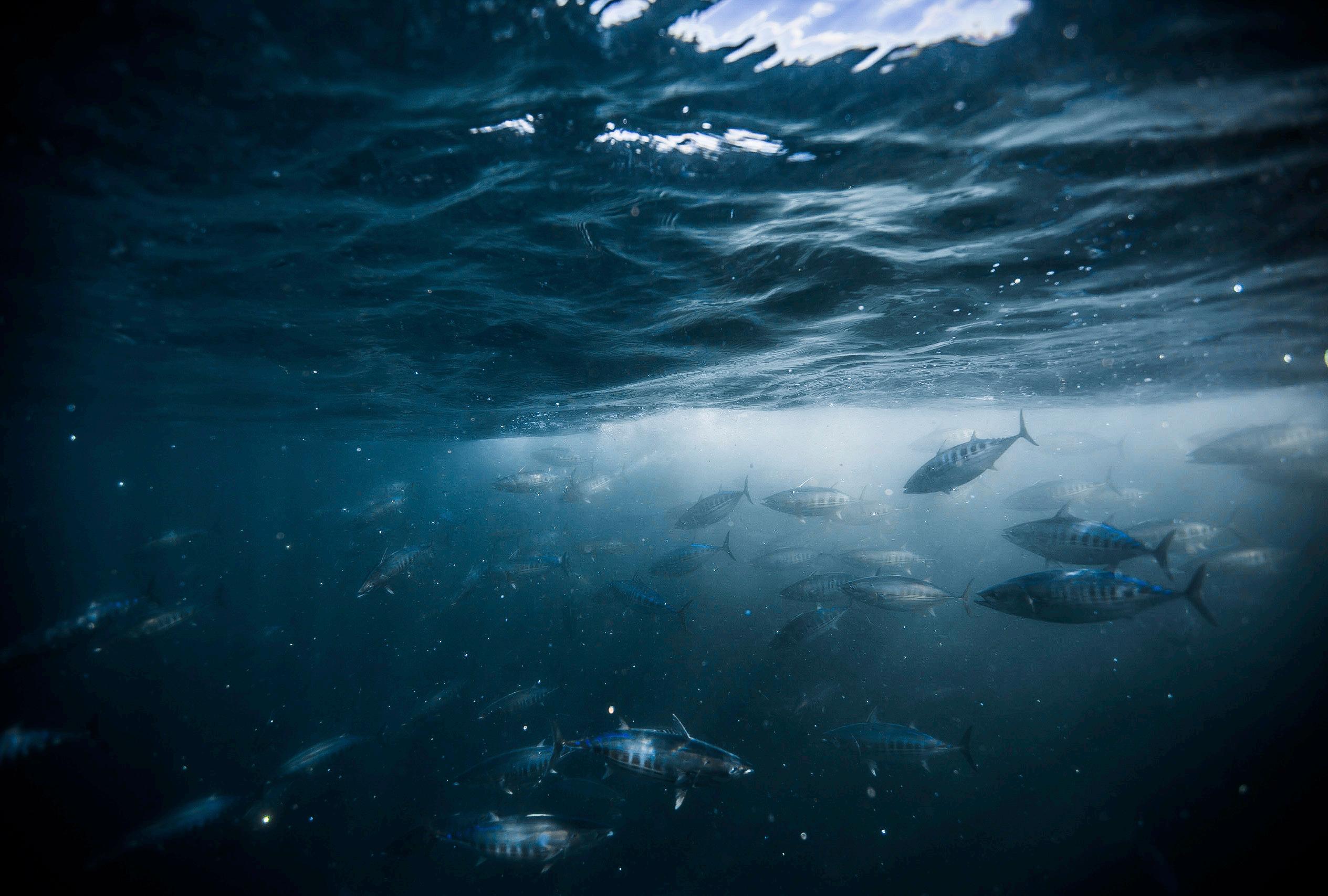
The skippers spotted activity long before my own untrained eyes. Usually, it was a squadron of Cape gannets swirling in a chaotic dance above an innocuous patch of sea – a sure sign of a baitball. The guides would take it upon themselves to bring us closest to the action as was ‘safe’ before yelling, “Jump!” I learnt to override my survival instincts and plunge into the frigid waters.
The waves pitched and fell, sending me tumbling at their mercy. The water was a cool 15 degrees Celsius, and the chill of the Agulhas current sank deep into my bones. My teeth gripped the snorkel’s mouthpiece tightly, the mask on my face fogging up from my deep, laboured breaths as I fought to stay warm and afloat all at the same time.
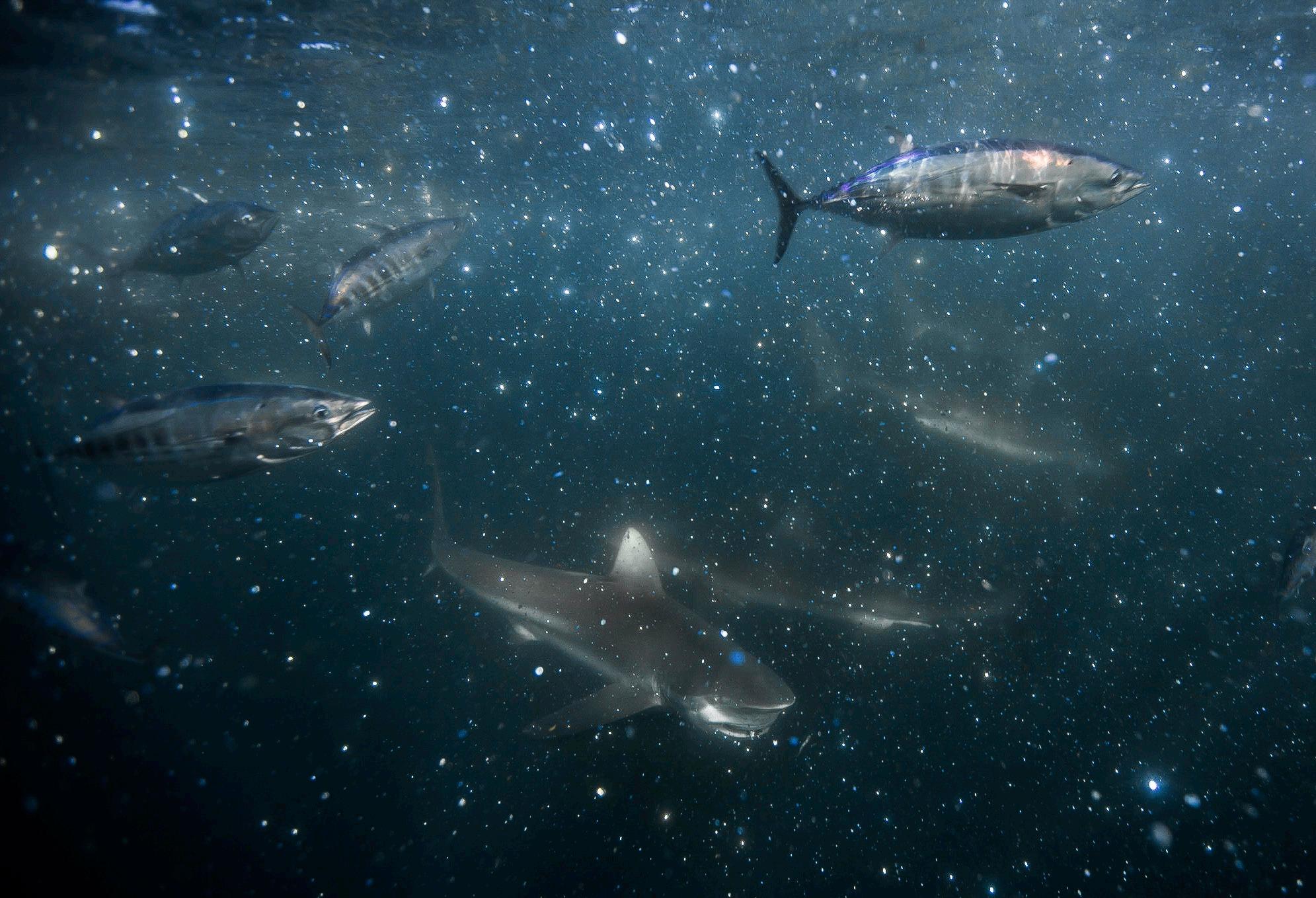
A grey shape cut past. I turned, head rapidly swivelling side to side. What was that?
The choppy waves continued to move, making it harder to see. I dipped beneath the surface, peering through the murky gloom, but spotted nothing save for my own blue fins kicking beneath. Raising my head above the waterline, I glimpsed it out of the corner of my eye. There was no doubt about it.
Shark.
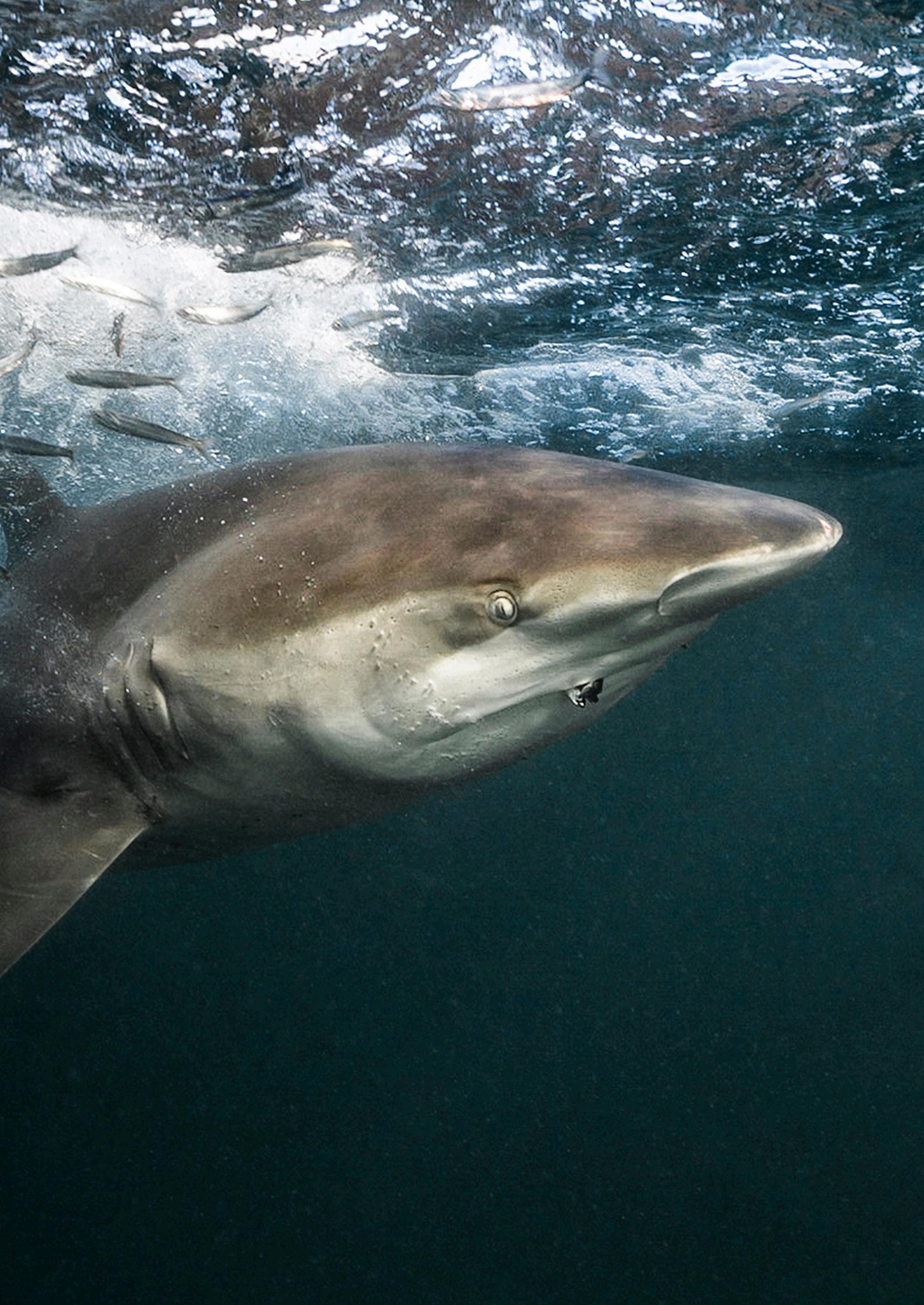
With my brain screaming in panic, I plunged back beneath the surface. It was similar to the experience of watching a horror film – you know that what you’re about to witness will terrify you, but you can’t help but look with morbid curiosity anyway.
But the shark didn’t materialise out of the gloom like expected. Instead, I found myself staring down into the deep blue void, watching the fierce African sun play in the waves as it refracted in shafts of gold. And then the world was filled with silver: I had floated right into the middle of a baitball.
A static number of fish pulsated gently in the current. I knew that upon predatory presence, sardines are herded inward into a tight “ball” as a protective mechanism, creating a glittering mass that moves as a singular organism. It’s quite a sight, and mesmerising to watch. Amidst the frenzy, I had found the brief, transient moment of calm.
Then out of nowhere, the frenzy began. The birds dived, their dull thudding sounds on the water drawing the sharks from the deep blue below. The predators ploughed through the baitballs, sending the fish into a mad dash for survival. Dolphins and tuna showed up seconds later, each chomp bringing about an eruption of scales and leaving the ocean sparkling like a galaxy of stars. I was no longer aware of the cold, my heart pounding with adrenaline as I watched the natural phenomena unfolding before my very eyes. I now understood why this spectacle was aptly dubbed the Blue Serengeti. It was complete and utter chaos – beautiful, mind-blowing chaos.
The truth is that the sardine run is a total roll of the dice. Some days, I was in and out of the water dozens of times. Others, the action was too fast to even get in. I was wet, cold, and salty – my body sore from bouncing along on the boat for hours on end. But the exhilaration of the hunt made everything incredibly worthwhile. For anyone with nerves of steel who doesn’t mind jumping into shark-infested waters, there’s the chance to witness one of the most exciting events on earth and under the sea.
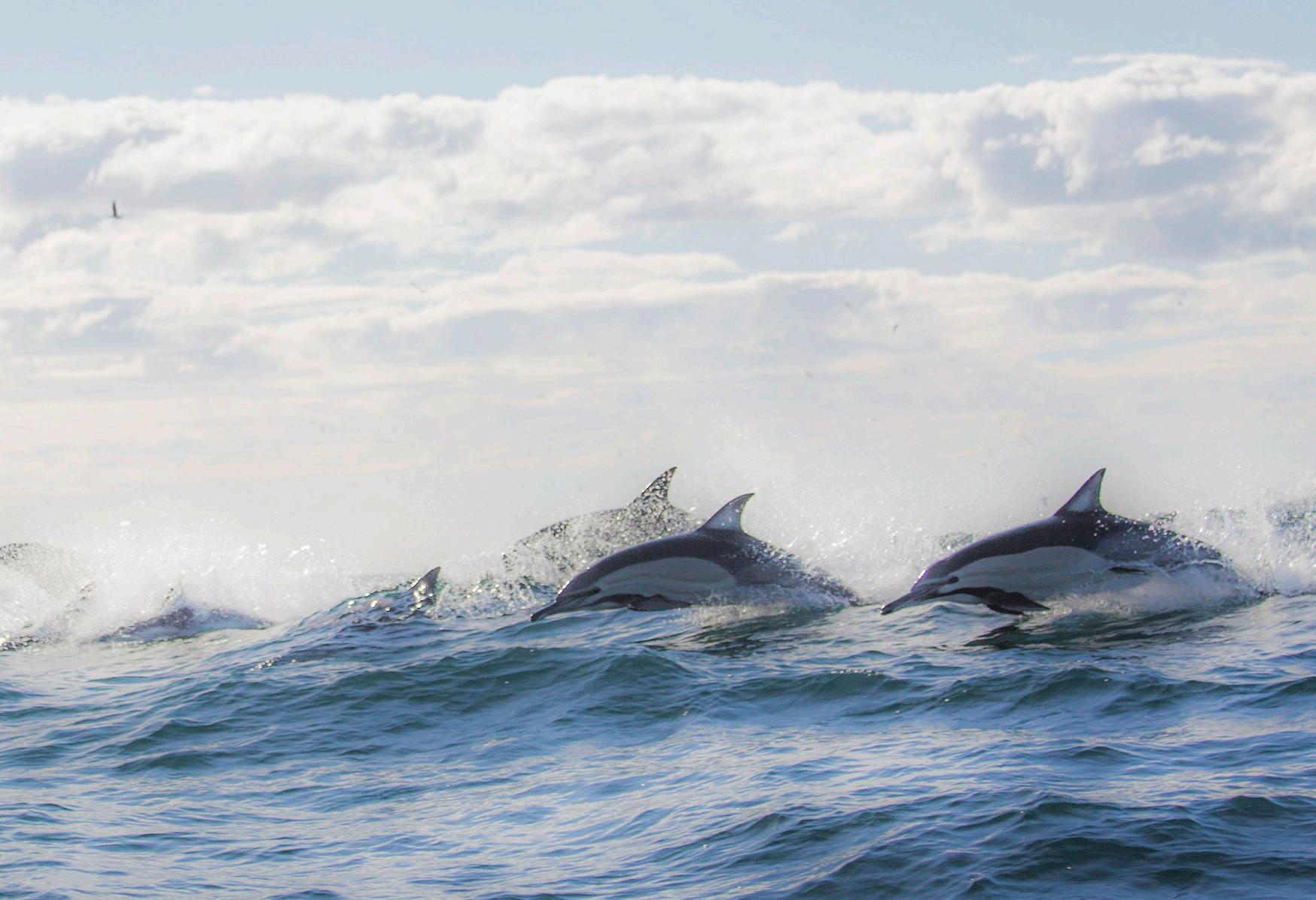
I returned to California a different person, constantly feeling like my life was moving so fast, but I wasn’t really living it. I ended up making the conscious decision to take a break from corporate life to focus on just that – living. As someone who’s always been a planner, this was terrifying, exhilarating, and freeing all at the same time.
20 countries across five continents later, and I returned to LA – primed with newfound perspective, widened horizons, and a cemented love for using stories to further social causes. Within a few months, I’d landed a new job in the film industry that only happened because of my time abroad, and married my passions by starting a Hollywood scuba club for film executives who also dive.
Ultimately, the chaos of the sardine run had taught me to face my fears and embrace the unplanned. And what do you know? It opened so many new doors – ones I never could have planned for.
*With excerpts from the upcoming novel Chasing the Rising Sun by Pier Nirandara.

PIER’S GREAT PERHAPS
I founded Pier’s Great Perhaps, a community with over 50,000 travellers from around the world across various platforms. The brand focuses on solo backpacking, particularly empowering women to explore the world on their own, with an eye towards underwater photography, diving, and writing.
INSTAGRAM: @PiersGreatPerhaps www.piersgreatperhaps.com
PHOTOGRAPHY PORTFOLIO: www.piernirandara.com
HOLLYWOOD DIVING CLUB
More information can be found on the Hollywood Diving Club here: www.bit.ly/3bNCS1K
AUTHOR
Pieretta Dawn is the pen name of Praekarn (Pier) Nirandara, the youngest English-writing author in Thailand. She received national critical acclaim when her debut young adult novel The Mermaid Apprentices, the first of The Interspecies Trilogy, was published at age 15 in 2009. Her books can be found in the links below.
PIER’S BOOK TRILOGY: www.amzn.to/2P2QOLQ www.amzn.to/38BSljD
THE SARDINE RUN
Pier can highly recommend both Pisces Divers and Sardine Run South Africa for anyone who is interested in experiencing the sardine run. Contact Pier directly if you would like any further info on her website above.
DIVE OPERATORS
PISCES DIVERS
Pisces Divers is a PADI Five Star Instructor Development dive centre and Cape Town scuba diving operator, offering a full range of PADI dive training and daily dive excursions, as well as a retail shop, servicing centre, dive gear rental service, coffee shop and air and nitrox filling station.
Tel: +27 21 786 3799 Mob: +27 83 231 0240 Email: info@piscesdivers.co.za www.piscesdivers.co.za
SARDINE RUN SOUTH AFRICA
Sardine Run South Africa has been offering all-inclusive Sardine Run Packages since 2003. Experience this annual phenomenon of millions of sardines which takes place off the coast of Port St Johns in the Eastern Cape of South Africa whilst being in the presence of hundreds of dolphins, sharks, diving birds, whales, game fish and seals. During your Sardine Run trip you will also get to dive one of the top-10 dive sites in the world, the Aliwal Shoal in KwaZulu-Natal. You’ll feel like you’re in a David Attenborough production or filming for Natgeo or the BBC Earth series.
Tel: +27 39 973 0456 Mob: +27 82 260 8598 Email: info@sardinerunsouthafrica.com www.sardinerunsouthafrica.com










